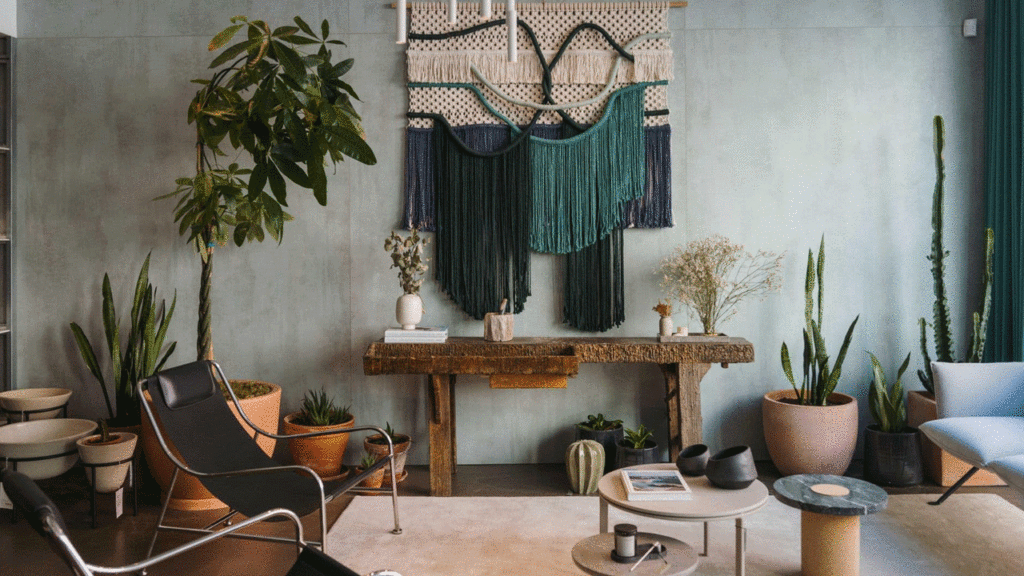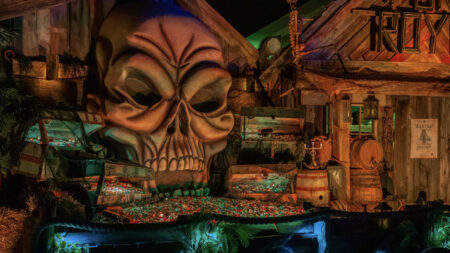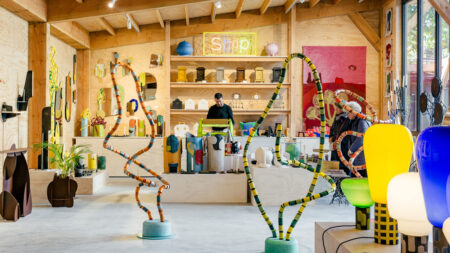Long before my search for local Portuguese design at the Lisbon Design Week (LDW) 2025 began, a conversation with Joana Santos, CEO of the prominent Lisbon-based design studio DAM Portugal, played a crucial role in shaping my understanding of Portuguese design culture. “As designers, we are tale tellers. We create synergies between artisans and industrial producers, combine different techniques and materials, and take references from traditional Portuguese brands or objects. The goal is to revisit a collective heritage that remains genuine and distinctive,” she summarised.
Much of the Portuguese design exhibited at Lisbon Design Week (LDW) this past week is rooted in the same philosophy that Santos shared with me. The Portuguese value their history, respect their tradition, pay homage to their veterans, and most importantly, live by their rich artisanal heritage. Be it a tale of heroic conquests or a story of seafaring legacies, this heritage is depicted in the country’s design and architectural details.
This love and ode toward heritage was also evident in every single exhibition, installation, and product display at the LDW 2025. For seven days, designers, artisans, and visitors from around the world gathered in Portugal’s capital to celebrate the design ethos that pays homage to rich Iberian heritage.
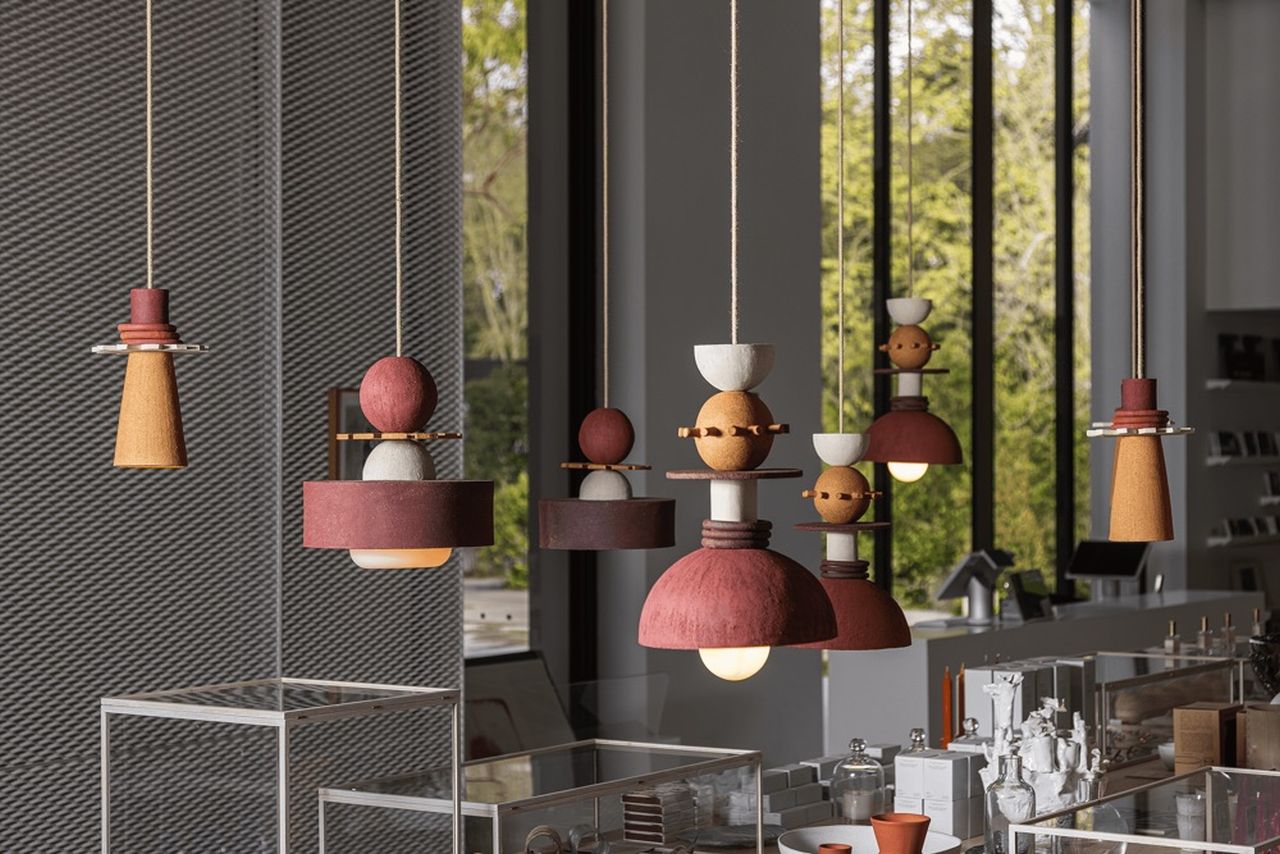
Nowhere was this more evident than at Banema Studio, where the works of designers Diogo Amaro and BORA drew crowds eager to witness the heritage through the lens of design. Amaro’s pieces, crafted from locally sourced wood and stone, paid homage to centuries-old techniques while embracing minimalist, modern forms. BORA’s textiles colored in natural dyes, evoked the hues of the Portuguese landscape, yet their patterns spoke to a global, future-facing aesthetic.
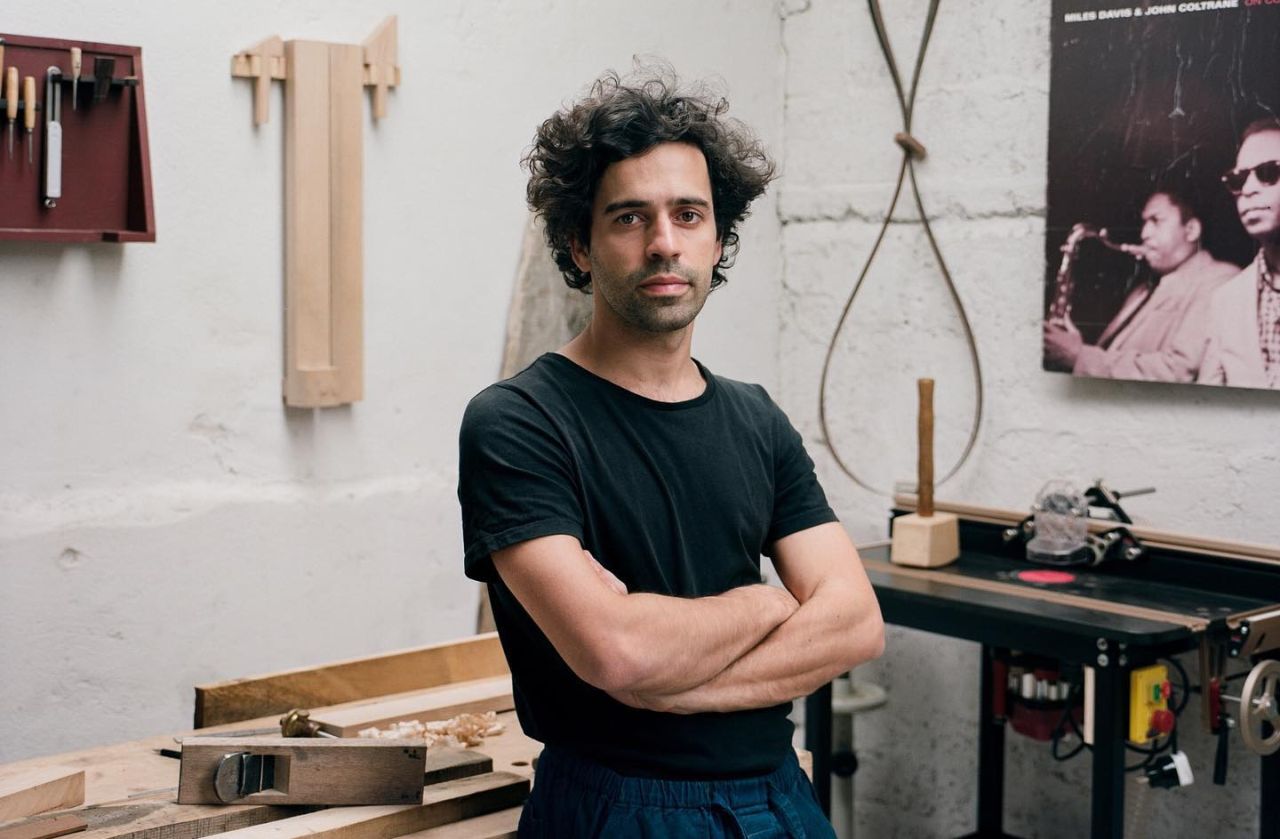
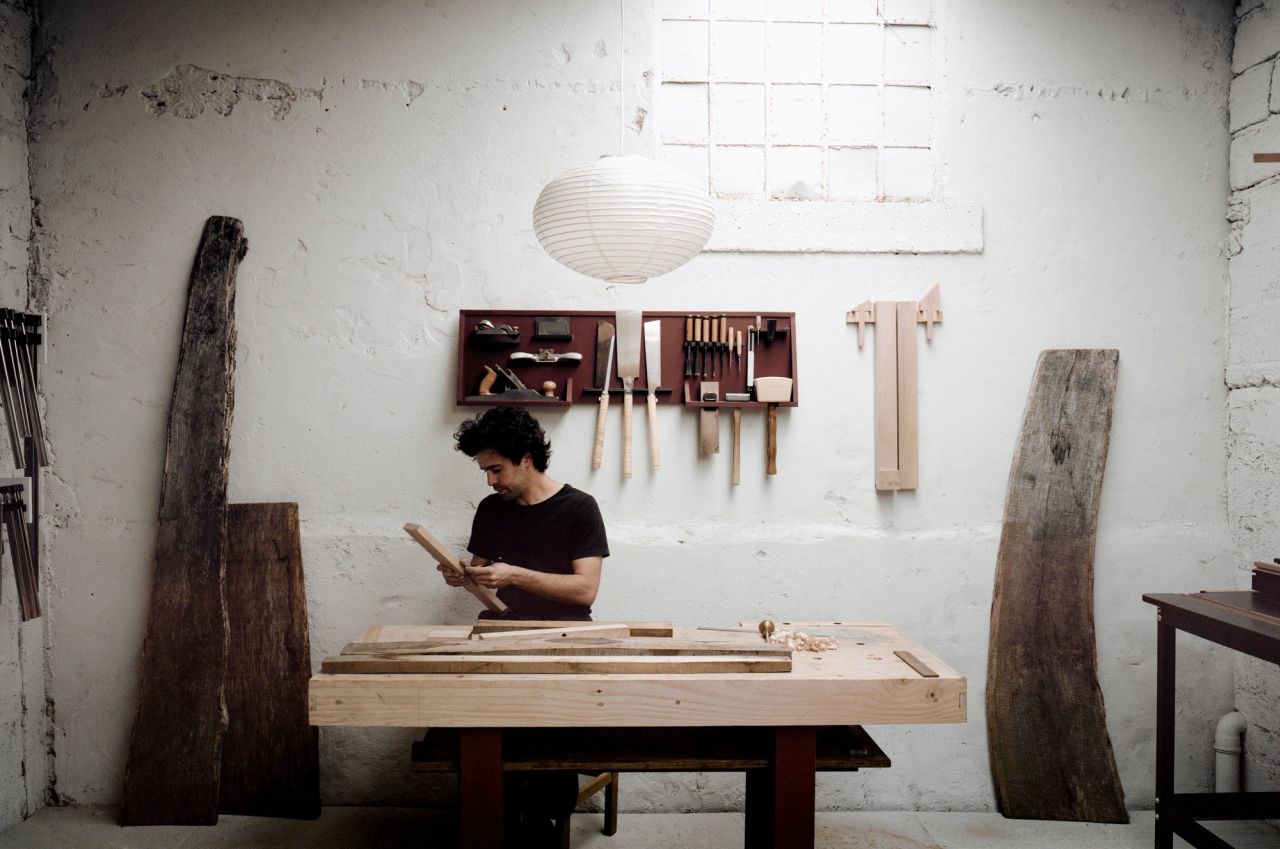
Ines Neves, the curator behind the exhibition, tells me, “This thoughtful balance of old and new is evident in the works of Diogo Amaro and BORA where ancestral techniques, natural materials, and modern design principles come together to create timeless pieces that celebrate identity, craftsmanship, and cultural continuity through design.” For Neves, “the exhibition was not just a display of objects but a statement on the enduring relevance of heritage in an increasingly homogenized world.”
Another highlight of the week was the tribute to Daciano da Costa, one of Portugal’s most influential designers, whose work in the mid-20th century helped shape the country’s modern design identity. Inês Cottinelli, CEO of Atelier Daciano de Coste, spearheaded the project to reintroduce da Costa’s designs to a new generation. “Since 2013, we’ve been committed to preserving his legacy,” Cottinelli tells me. “This year, we present exclusive reissues and debut the Penta armchair, developed through in-depth archival research and close collaboration with local manufacturers, bridging heritage with contemporary innovation,” he adds. It’s a powerful example of how LDW 2025 keeps heritage alive, not as a museum piece, but as a living, breathing part of contemporary design.


While some exhibitions looked to the past for inspiration, others, like ‘Sobre Mesa,’ curated by MUT Design, Miguel Leiro, João Xará, and others, turned their focus to the present, exploring the cultural rituals that define Iberian life. Held at the Archivo Aires Mateus, the exhibition brought together over 20 makers to reflect on the concept of Sobre Mesa, the cherished tradition of lingering at the table after a meal to share stories and savor the moment.
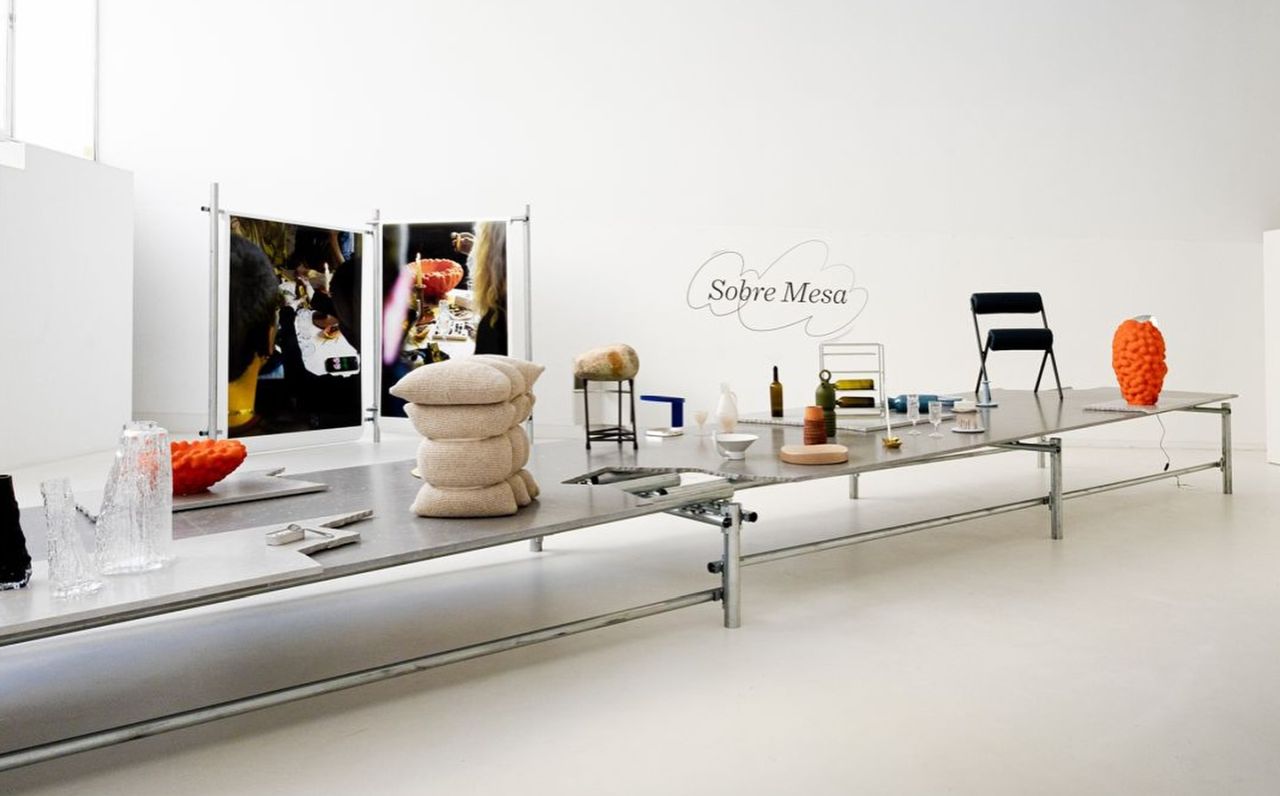
For designer Miguel Leiro, Iberian tradition isn’t something to simply replicate, it’s a starting point for dialogue. His pieces, AIM CART, RELIQUARY, and Boca Tabouret, showcased at the Sobre Mesa exhibition in the Archivo Aires Mateus, blend traditional techniques with modern forms, creating objects that feel both rooted and revolutionary. “We’re seeing a shift from nostalgia to negotiation,” Leiro says. “Traditional techniques are being recontextualized, treated less as static inheritance and more as living tools.” His approach highlights the “layered temporality of Iberian material culture,” proving that tradition can be a ‘kickstarting point’ for innovation rather than a limitation.
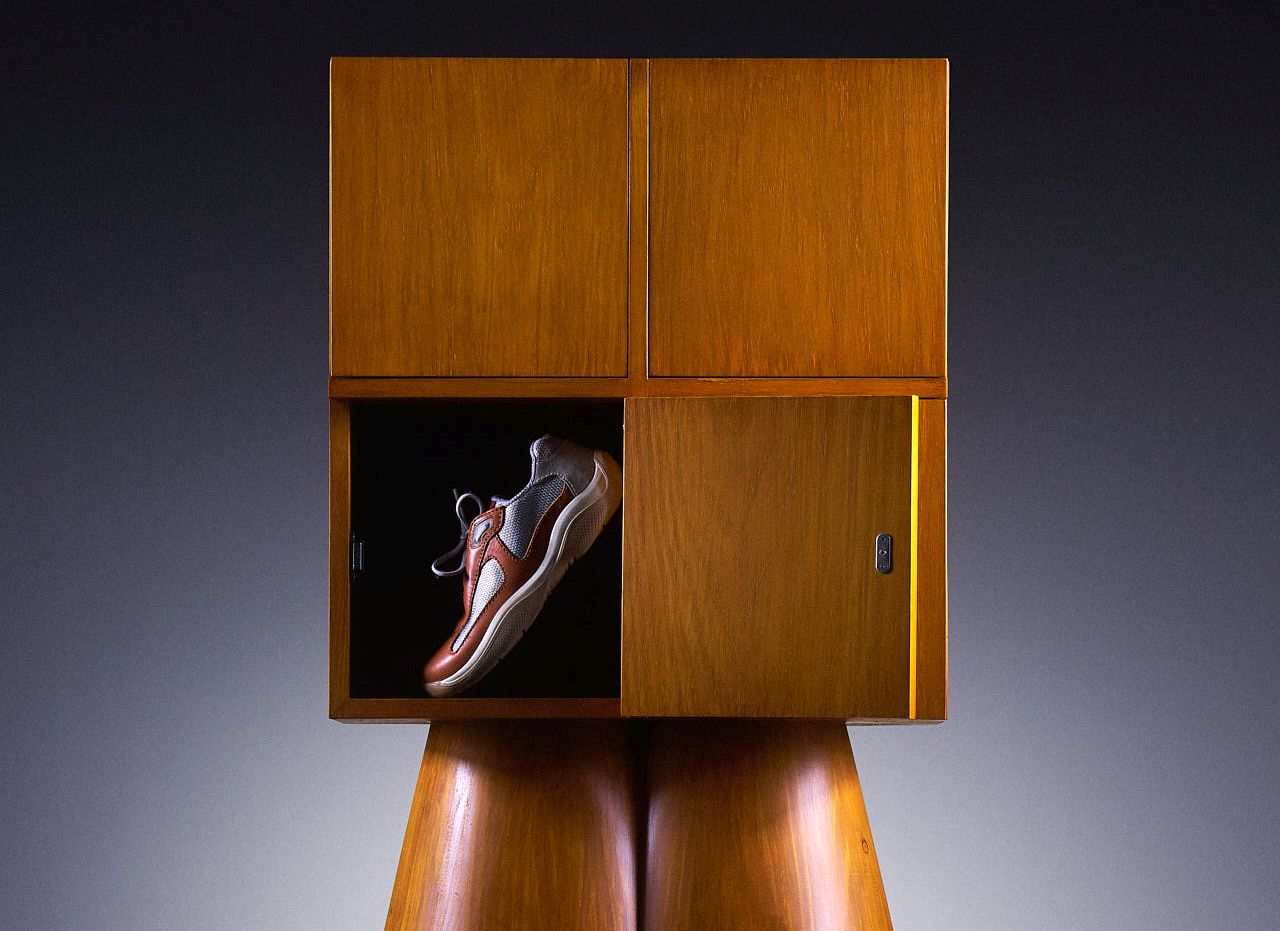
Whether it’s Diogo Amaro and BORA’s showcase of artisanal heritage, Atelier Daciano de Coste’s archival reissues, or Miguel Leiro’s bold reinterpretations, these are the views that made Lisbon Design Week 2025 even more special. Special in its ability to look backward and forward at the same time. While the event showcases a spectrum of approaches to revitalizing Iberian heritage, for Michèle Fajtmann, LDW’s founder, the event was more than a design festival or reverence toward the past heritage.
“It’s a platform for dialogue, discovery, and collaboration. We aim to build a community that inspires artisans and designers to push boundaries and secure a vibrant future for Portuguese craftsmanship,” she states. Having heard all these testimonies, it’s safe to assume that Portugal still chooses to stick to its rich artisanal heritage and Iberian roots, but it does so by blending traditional techniques with modern innovation.
Follow Homecrux on Google News!
